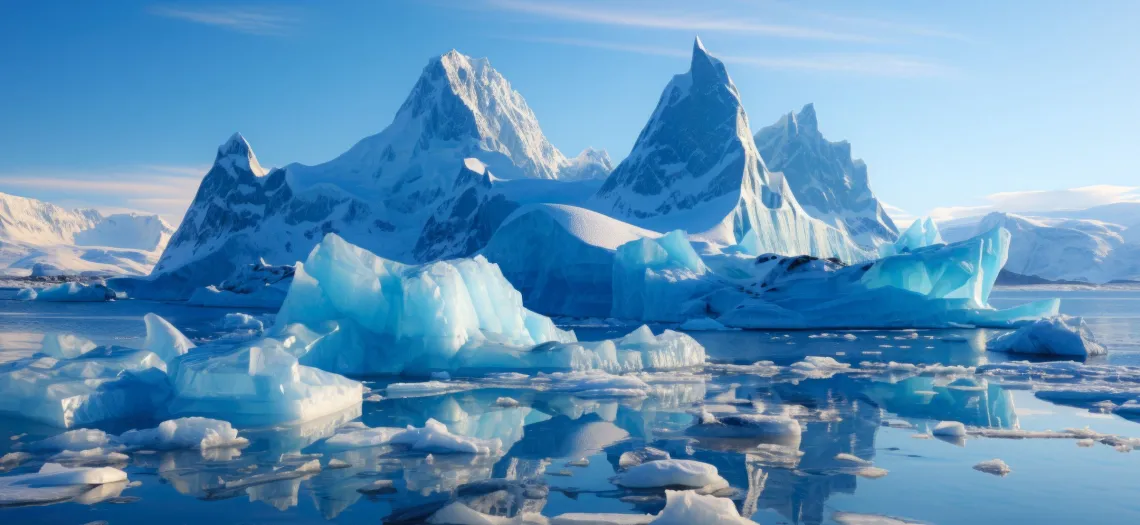Important New Research Indicates Groundwater, Not Ice Sheets, Largest Water Reservoir on Land

The following is an excerpt from an original article by the American Geophysical Union and Mikayla Mace Kelley, University Communications science writer, at: mikaylamace@arizona.edu
New research involving a University of Arizona faculty members reveals that the volume of ancient, salty groundwater stored deep within the Earth's crust is more than double previous estimates. Around 24 million cubic kilometers (5.8 cubic miles) of groundwater reside within the top 2 kilometers (1.2 miles) of Earth's crust. This shallow groundwater is what we use for drinking and irrigation, and it's mostly freshwater. But below that are vast reservoirs of brine, some of it hundreds of millions to more than a billion years old, locked away in the rocks. The question was: How much is there?
A new study (AGU Publications) estimates there are around 20 million cubic kilometers of deep groundwater, or enough to fill around 4,800 Grand Canyons. Combined with previous estimates of shallower groundwater, the new research finds underground water is the largest reservoir of water on land, measuring 44 million cubic kilometers and surpassing the volume of Earth's ice sheets.
"This estimate expands our conceptual and practical understanding of the amount of water that Earth holds, and it adds a whole different dimension to the hydrologic cycle," said Grant Ferguson, HAS Adjunct Associate Professor, Centennial Enhancement Chair, University of Saskatchewan, and lead author of the new study in Geophysical Research Letters.
While this deep groundwater cannot be used for drinking or irrigation, accurate estimates of deep groundwater volume and connectivity are necessary.
"We know so little about the volume of water 1 to 2 kilometers beyond Earth's surface, yet our estimates of microbial biomass, carbon sequestration, production of critical elements and gases, and ability to store waste, like spent nuclear fuel, depends on it," said study co-author Jennifer McIntosh, HAS Professor and UArizona Distinguished Scholar. "I worked closely with Dr. Ferguson to calculate the volume of water using new global maps of sedimentary rock thicknesses and porosity relationships with depth."
Potential waste storage sites need to be big enough and sealed off from surface aquifers to avoid contaminating usable, shallow groundwater.
Scientists can estimate deep groundwater volume by calculating how much water different rock types, which have different porosity, can hold. Previous estimates of deep groundwater between 2 and 10 kilometers only focused on crystalline rocks with low porosity, like granite. The new study added the volume from much more porous, buried sedimentary rocks, estimated at around 8 million cubic kilometers. That's roughly 339 times the volume of Lake Baikal in Russia, the deepest lake in the world.
While vast, this deep groundwater will not solve the world's water shortages.
"The amount of fresh groundwater is still limited," McIntosh said. "Groundwater extends to 10 kilometers, but most of the water beyond 1 kilometer is too saline to use for water supply."
It is not feasible to rely on desalinating this brine and using it as a source of water for drinking or irrigation, according to the study's authors.
Deep groundwater is important for storing waste fluids from oil and gas production and for carbon sequestration. By better quantifying how large these deep reservoirs are, as well as how disconnected from shallower groundwater they are, scientists can determine which are safest to use for long-term subsurface storage.
Read more about this fascinating new work at the UArizona News website here.
Congratulations, Grant and Jen, for these amazing new insights!

